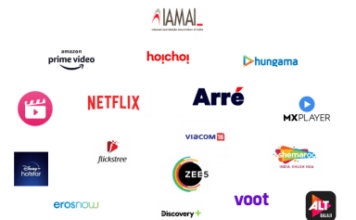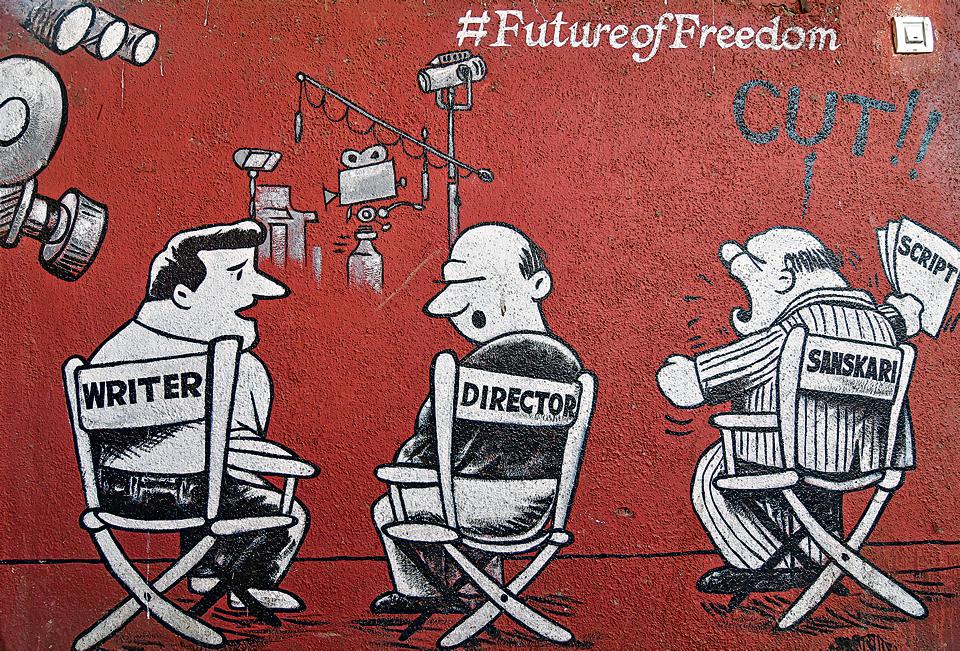Unlike traditional print and broadcast media, online media has largely been unregulated in India. In November 2020, it was reported that OTT platforms, which were till then under the Ministry of Electronics and Information Technology, would come under the purview of the Information and Broadcast Ministry. Reports also revealed that regulatory guidelines were in talks, for OTTs and news and current affairs related digital media.
The Government had rejected a self-regulatory model proposed by a representative body of OTTs, the Internet and Mobile Association of India (IAMAI). Online Curated Content Providers (OCCPs) had suggested constituting a Digital Curated Contents Complaints Council in addition to this model, but this was also turned down said a report in The Indian Express.

Following these revelations several discussions and debates broke out. While a section of the people who supported the move expressed that it will help generate good quality content and curb fake news, most other critics perceived it as an attempt at curbing freedom of expression and felt that such a move would essentially lead to politically motivated censorship.
Even long before talks about regulation emerged, OTT content in India has been censored in some ways. A number of international talk shows and TV series available for streaming in India have had to edit out controversial content relating to Indian politics and religion.
Many Indian shows and films produced exclusively for OTTs have also come under fire for their portrayal of certain matters or issues on screen and have faced public outcry from certain sections of people for hurting their sentiments. Moreover, this has been on the rise lately, and in some instances even the judiciary has been approached in this regard.

As a next step in this direction, a three-pronged regulation plan has been released by the government. The framework will be applicable to streaming platforms and social media. A grievance redressal mechanism and self-regulatory body headed by a Supreme court or High court judge will have to be established and an inter-ministerial committee will be set up to ensure the codes are followed.
OTTs will most likely have to provide parental control option and classify content as, “universal rating (U), U/A seven plus, U/A thirteen plus, U/A sixteen plus and Adult, for people over 18… [and the] classifications will have to be prominently displayed.” The Hindustan Times’s report on Information Technology (Guidelines for Intermediaries and Digital Media Ethics Code) Rules, 2021 under section 87 of the Information Technology Act, 2000, offers more details on it.
It is not clear yet if the framework will affect audio streaming as well. The guidelines may not seem too severe, but they take away the scrutiny-free environment that is characteristic of OTT platforms. Once implemented, the rules are bound to affect the creative process involved in the making of films and shows.

